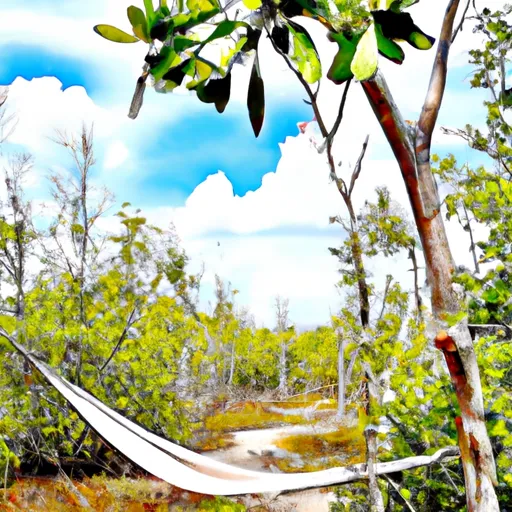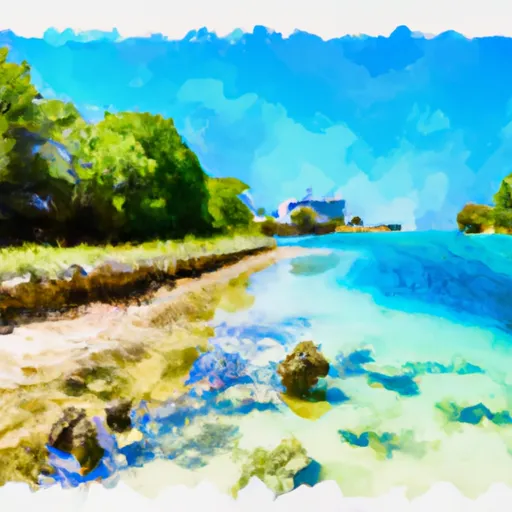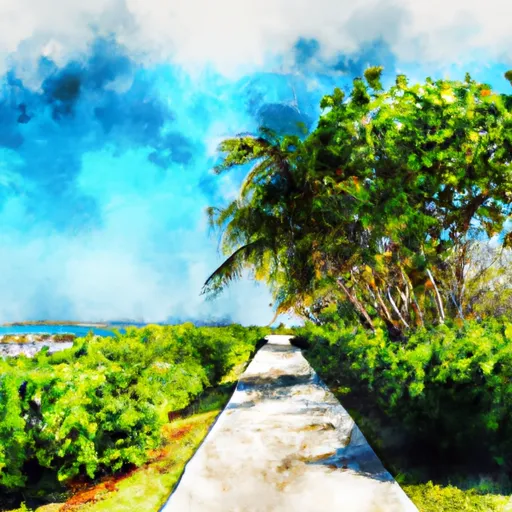Crocodile Lake National Wildlife Refuge
Rate this placeLast Updated: January 2, 2026
Crocodile Lake National Wildlife Refuge is a protected area located in the southern tip of mainland Florida.
°F
°F
mph
Wind
%
Humidity
Summary
It was established in the year 1980 to protect the endangered American crocodile and its habitat. The refuge covers an area of approximately 6,700 acres, consisting of mangrove swamps, marshes, and hardwood hammocks.
There are several good reasons to visit Crocodile Lake National Wildlife Refuge, including the opportunity to witness the endangered American crocodile in its natural habitat. Visitors can also observe a plethora of other wildlife species, such as manatees, sea turtles, and wading birds. The refuge provides excellent opportunities for fishing, kayaking, and hiking as well.
One of the most popular points of interest within the refuge is the Crocodile Lake Trail, which is a 1.6-mile hiking trail that winds through the mangrove forest and offers stunning views of the lake. Visitors can also explore the surrounding waters by renting a kayak or canoe.
Interesting facts about the refuge include that it is home to the largest population of American crocodiles in the United States, and it is also the only place in the world where crocodiles and alligators coexist in the same habitat. Additionally, the refuge is a critical nesting site for several endangered species of sea turtles.
The best time of year to visit Crocodile Lake National Wildlife Refuge is during the winter months, when the weather is mild and the wildlife is most active. However, visitors should be aware that the refuge is closed during the summer months to protect nesting sea turtles.
Overall, Crocodile Lake National Wildlife Refuge is a unique and fascinating destination that offers visitors the opportunity to experience the natural beauty and wildlife of southern Florida.
Weather Forecast
Park & Land Designation Reference
Large protected natural areas managed by the federal government to preserve significant landscapes, ecosystems, and cultural resources; recreation is allowed but conservation is the priority.
State Park
Public natural or recreational areas managed by a state government, typically smaller than national parks and focused on regional natural features, recreation, and education.
Local Park
Community-level parks managed by cities or counties, emphasizing recreation, playgrounds, sports, and green space close to populated areas.
Wilderness Area
The highest level of land protection in the U.S.; designated areas where nature is left essentially untouched, with no roads, structures, or motorized access permitted.
National Recreation Area
Areas set aside primarily for outdoor recreation (boating, hiking, fishing), often around reservoirs, rivers, or scenic landscapes; may allow more development.
National Conservation Area (BLM)
BLM-managed areas with special ecological, cultural, or scientific value; more protection than typical BLM land but less strict than Wilderness Areas.
State Forest
State-managed forests focused on habitat, watershed, recreation, and sustainable timber harvest.
National Forest
Federally managed lands focused on multiple use—recreation, wildlife habitat, watershed protection, and resource extraction (like timber)—unlike the stricter protections of national parks.
Wilderness
A protected area set aside to conserve specific resources—such as wildlife, habitats, or scientific features—with regulations varying widely depending on the managing agency and purpose.
Bureau of Land Management (BLM) Land
Vast federal lands managed for mixed use—recreation, grazing, mining, conservation—with fewer restrictions than national parks or forests.
Related References

 Dagny Johnson Key Largo Hammock Botanical State Park
Dagny Johnson Key Largo Hammock Botanical State Park
 John Pennekamp Coral Reef State Park
John Pennekamp Coral Reef State Park
 Biscayne National Park
Biscayne National Park